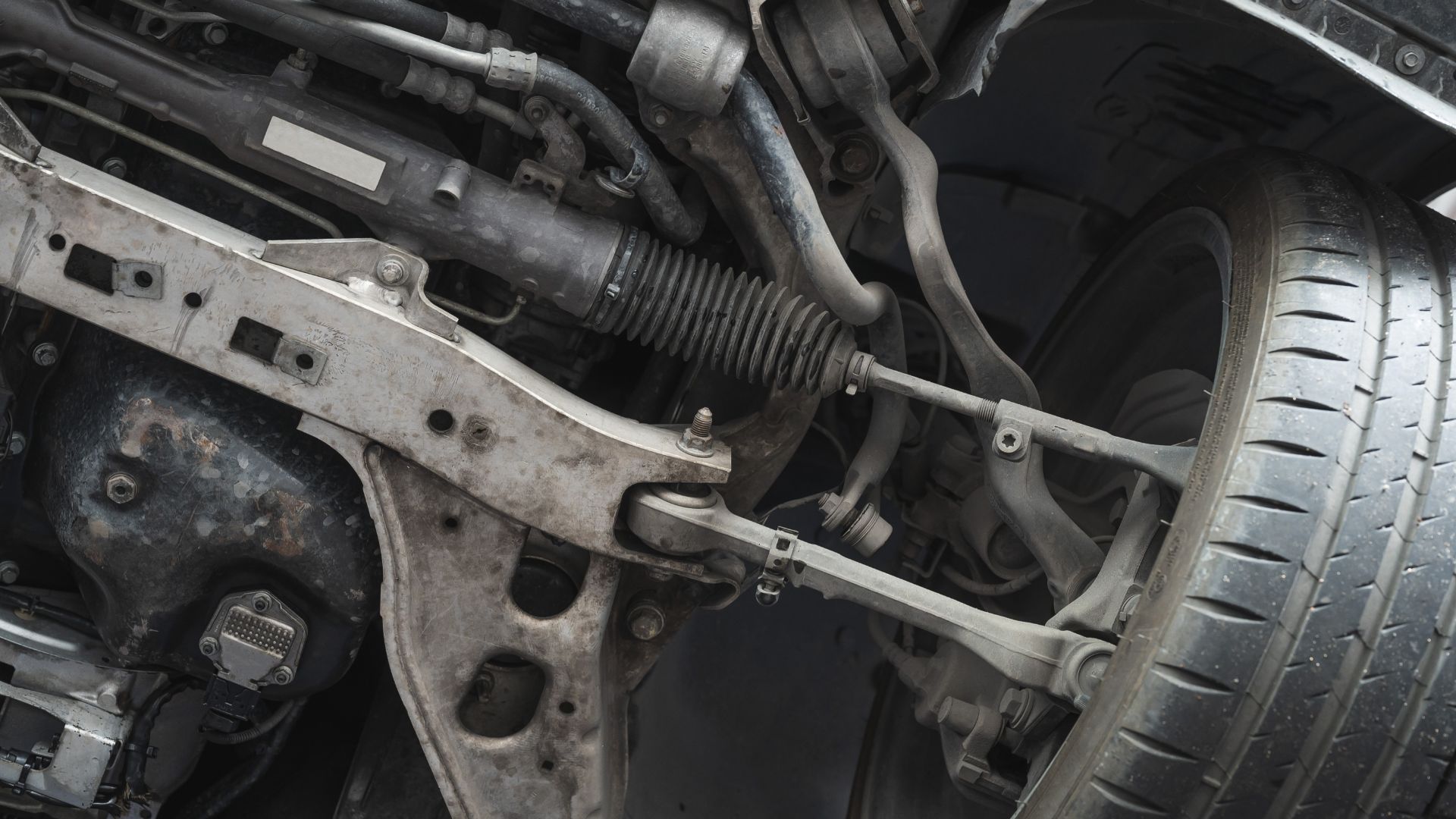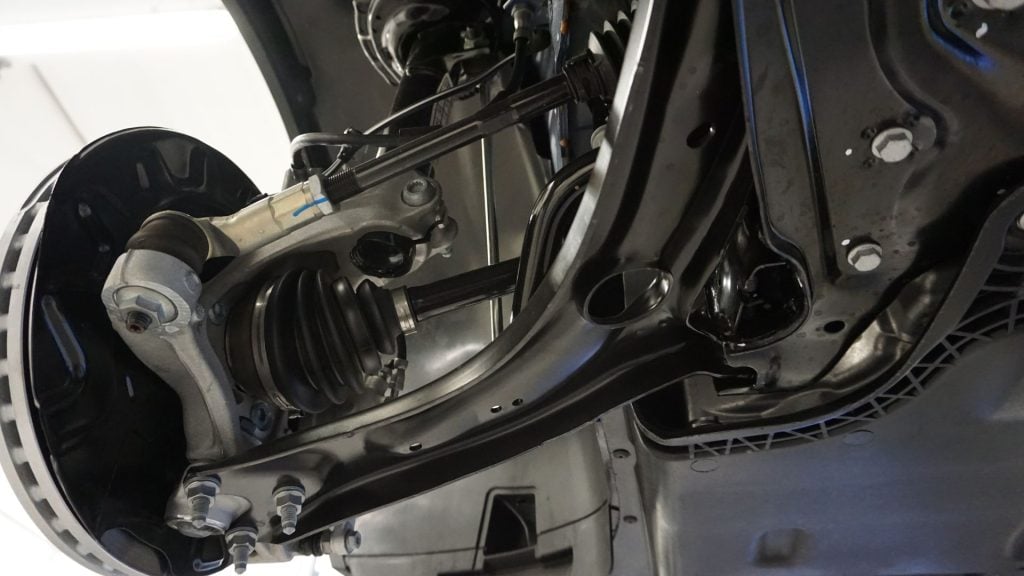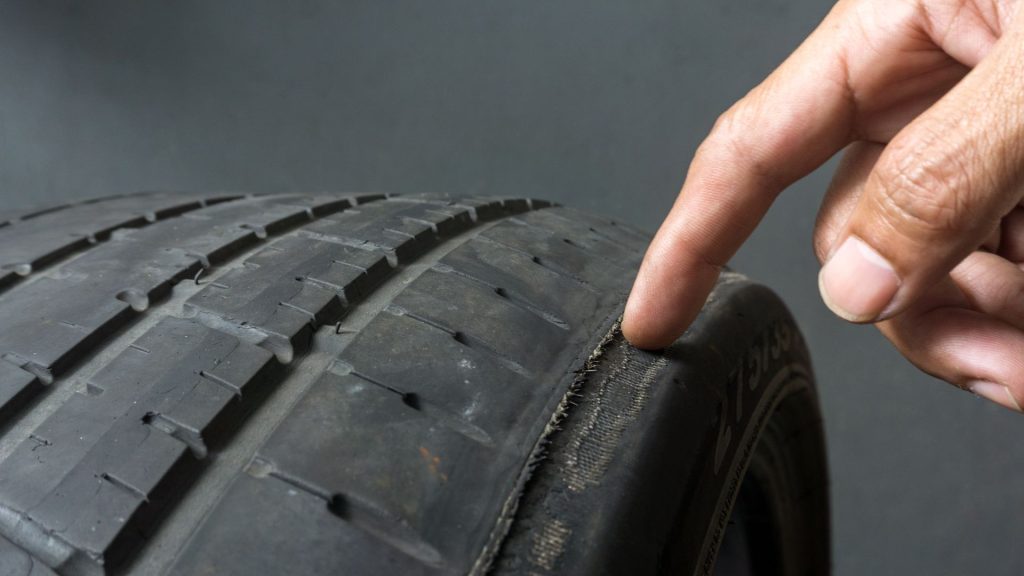Bad tie rod symptoms — causes and fixes
Identify the signs of bad tie rod symptoms for improved vehicle safety.

The suspension and steering systems in a car often don’t get the attention they deserve from drivers. It’s no wonder that you might be shocked if the steering wheel doesn’t respond properly or you feel unsettling vibrations while driving.
These could be some of the bad tie rod symptoms, and it’s not something that should be taken lightly. In this guide, our team will bring you all the details about tie rods, their importance, and bad rod symptoms. Going through all of the symptoms is the only way to be fully prepared and act swiftly in case a tie rod fails.
What does a tie rod do in your car?

A vehicle’s tie rod is an essential component of the steering system, and it enables the connection between the steering gear and the wheel. Without it, you wouldn’t be able to turn both front wheels in the same direction, and steering would be impossible.
On the wheel’s side, the rod ends with the ball socket which enables smooth movement of the wheels. The tie rod on the front of your car connects the wheels with the steering wheel. To provide proper rotation, the rod ends have ball joints filled with grease for easy and smooth movement.
Their role is similar to the CV joint boots and the smooth operation of the tie rod via these joints allows you a smooth transition over road obstacles. Tie rods usually go bad due to regular wear and tear, and damage generated by passing over a road puncture or obstacle with the wheels rotated to the side.
So, if you’ve hit a deep hole while turning, it might cause damaged tie rods. On the other hand, it can also be a result of insufficient lubrication in the ball joints. It’s a serious matter, so knowing all the common symptoms of bad tie rods can save the day.
Main signs of bad tie rods

The first common symptom of bad tie rods you might experience is shaking felt in the steering wheel. It’s due to the connection between the steering wheel and car wheels that the tie rod provides. If it goes bad, you won’t be able to get precise steering and the wheel will shake as you try to make a turn.
Here are some of the most common symptoms of bad tie rods along with the shaky steering wheel:
Other than the shaky steering wheel, you might also feel it is loose and easier to move. There won’t be as much resistance in the steering wheel as if the tie rods were properly functioning. So, if you sense these symptoms in the steering wheel, you should inspect the rods right away.
If not, you should still pay attention to other possible symptoms that might be caused by a bad tie rod.
The car vibrates while driving
This is a common symptom of bad tie rods, and it first gets noticeable in the steering wheel. Along with steering wheel vibrations, you’ll also experience driving vibrations caused by the tires. The wheels won’t move in the same direction properly and might start to “wander off” as you turn the steering wheel.
You’ll mostly be able to sense the vibrations as you turn the steering wheel, but it also appears as you speed up. Your car shaking when slowing down is also a sign of bad tie rods. You should check your tires in this case, since driving vibrations can also be caused by worn-off tires.
Unaligned wheels
If you sense your wheels getting out of alignment, it can be caused by a bad tie rod. As mentioned, the tie rod keeps both wheels in place facing the same direction as you steer the car. So, if the tie rod gets damaged, you won’t be able to keep wheel alignment for much longer.
You might even notice your car pulling to the side as you hold the steering wheel straight. Driving with bad wheel alignment is dangerous since you won’t have complete control over the steering.
Your steering wheel can also get so loose that it doesn’t stand straight and your steering precision is lowered in this case. The tires could also squeal as you rotate the wheel, even though you are not turning at high speed. It all indicates a poor tie rod connection from the steering wheel to the car wheels.
Tires wear off excessively
If you notice your tire tread depth decreasing excessively, it can be a sign of bad tie rods. You might end up with a flat tire much faster than with regularly working tie rods. It happens due to wandering wheels caused by a bad tie rod connection.
Of course, excessive tire wear doesn’t necessarily have to be caused by bad tie rods. It’s often a symptom of improper rotation or insufficient tire pressure. Still, if you feel the driving vibrations and loose steering wheel accompanied by excessive tread wear, you should inspect the tie rods.
Driving noises appear to be coming from the wheels
If the ball joints get worn off, tie rods won’t provide smooth wheel operation. This could result in metal-to-metal contact and a squeaking sound when driving. The sound might appear to be coming from the front wheels, and it’s one of the main signs of a bad tie rod.
The best way of differentiating between tie rod sounds and other squeaking sounds while driving is to rotate the wheel in a U-turn. If the squeaking sound happens at that point, you are probably dealing with a bad tie rod.
Fixing bad tie rods
The most common reasons behind bad tie rods are faulty ball joints or bushings. Ball joints are placed at the end of tie rods to absorb the driving pressure and relieve the rods. If they fail, the rods themselves could get damaged.
Bushings also serve a crucial safety role for the rods, protecting them from dirt and debris. Since these are made of rubber material, they tend to degrade over time. So, you can try replacing the ball joints and bushings to see if that will settle the issue.
It’s also worth driving your car to a mechanic to inspect the level of grease which is used to lubricate the rods. Without it, the rods would wear off due to constant friction as you run over a bump or due to frequent steering.
Our take
Ultimately, following our guide to understanding the bad tie rod symptoms can save you from making expensive repairs. It’s worth dealing with the problem as soon as any driving vibrations or steering wheel difficulties occur.
Hopefully, the symptoms mentioned in this guide can help you at least prevent having to replace the entire rod, and just repair the joint or a bushing instead.
How can you tell if you have bad tie rods?
You can tell that you have bad tie rods by the squeaking or clunking sound while turning, excessive tire wear, wheels getting out of alignment, and steering wheel vibrations.
u003cstrongu003eWhat problems can come from bad tie rod ends?u003c/strongu003e
Some of the problems that can come from bad tie rod ends include difficulties steering the vehicle and your car pulling to the side.
What happens if you keep driving on a bad tie rod?
If you keep driving on a bad tie rod, you risk your wheel losing the connection to the wheel assembly which makes it dangerous and impossible to keep driving.